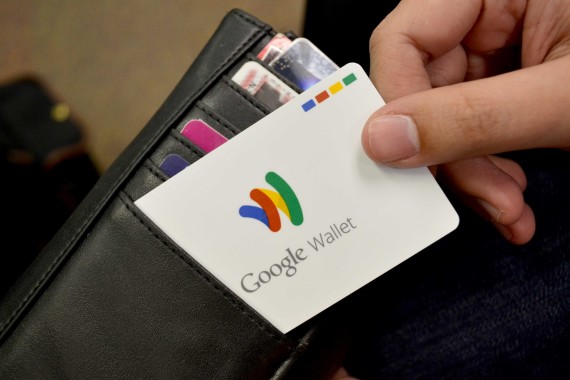Google has introduced Google Wallet, an app for Android smartphones and iPhones that allows users to turn their phone into their wallet.
Although some might be hesitant to handing over their credit card information to Google with the recent NSA scandal, one of Google Wallet’s goals is to keep your information and identity safe.
The app was released on the market in September 2011.
After downloading Google Wallet onto your phone, you are prompted to make a pin. This allows user security in the app.
From there, you can add your memberships, like Starbucks and Walgreens, in the “Loyalty programs” tab and link your Google Wallet to your bank account.
Here’s where it gets nifty.
After linking your bank account to your Google Wallet account, you can order a Google Wallet card for free.
The Google Wallet card is a prepaid debit card that can only be ordered if you have the app. There are no activation fees, no annual or monthly fees and no ATM balance inquiry or withdrawal fees.
Once you receive your card and have successfully activated it through the app, you can then load money onto it from your linked bank account.
After this, every time you use your Google Wallet card, notifications—that you can choose to set up—will tell you each time you make a purchase. The Google Wallet has a 24/7 fraud-monitoring system.
Should you be a victim of fraud, you can immediately disable your Google Wallet card through the app or website. You can also disable the app through the website should your phone be stolen or lost.
The Google Wallet app also allows users to send money to anyone with an email address with ease.
More information on the app can be found at google.com/wallet.
App rating: Four out of five picks
Lorain Watters may be reached at theprospectordaily.news@gmail.com.








